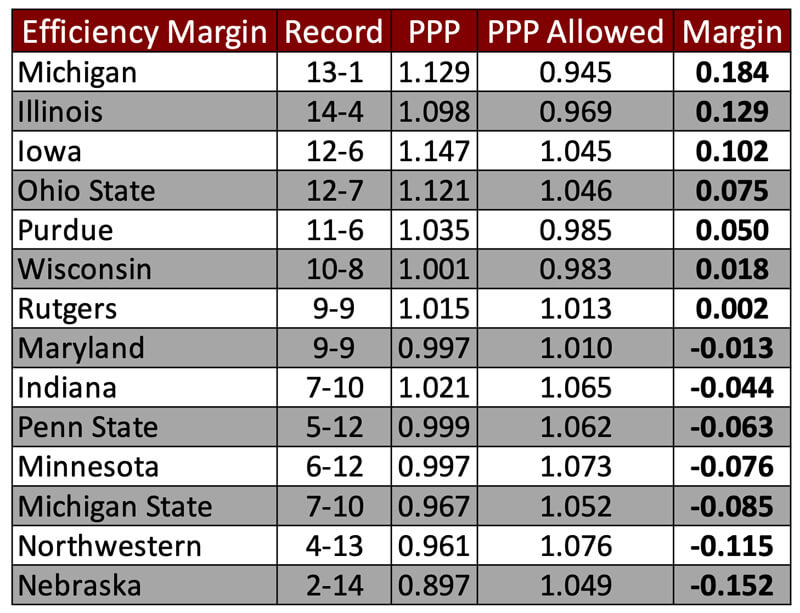

How often does one encounter a Top 17 list, for example?Īnd, if you happen to be one of those ethical list creators who wants to avoid ranking bias, one study showed that if the list was an odd number like 19, the category border effect is greatly reduced or eliminated. I’m inclined to think that the even-boundary list would get more clicks and shares, but it’s possible the more unusual counts might get attention simply because they are unexpected. It would be an interesting test to compare the click rate and/or sharing rate of an even-numbered list (10 or 20) vs.

So, a list of 20 can be easily divided into the top ten and second ten. These ranked lists are well established as both “linkbait” and “clickbait.” While the study doesn’t show that odd-numbered lists (e.g., “12 Best Destinations…”) will be less appealing, it does seem that our brains like numbers that can easily be chunked into groups. Maybe those college administrators who complain about rankings but also try to game the numbers to boost their school’s rank have the right idea after all… Content marketing with listsĬontent marketers often use “top lists” or rankings as content that will be viewed and shared. This research simultaneously highlights the biases and false perceptions created by rankings and shows why it’s important to improve your ranking, particularly if you fall just outside a higher numeric grouping. This was born out by an analysis of real-world business school application choices, which showed that schools moving into the next category up (say, top ten) saw a bigger increase in applicant interest than schools whose rankings improved by the same amount but who did not change categories. The fact that this gap exceeded that between other ranking positions, like #9 and #10, was due solely to ranking bias, not any objective data about the students. The scientists, looking at hypothetical rankings of math students, found that the biggest perceived gap in student quality was between #10 and #11. Even though the differences between those positions may be inconsequential in real terms, the perceived difference in the eye of the consumer will be greater. First, if your product or service is being ranked, it’s a lot better to be the last one in the higher-rated group (ending in zero) than the first one in the next group . There are a couple of lessons here for marketers. And, you pay the price for not making the cut. Apparently, just missing the top 10 means that you are part of the next tier. One of the most significant findings from the study is that if you fall just beyond the border of a category, your perception is lower than an even distribution of preference would suggest .

The distribution is striking, even if somewhat expected: The theory behind these round-number category groupings is that our brains try to categorize assortments of items into groups, and a “top ten,” for example, is an easy to visualize chunk. Perhaps unsurprisingly, the vast majority of lists they found ended in zero, with five being a distant second. One of the first things the scientists looked at was the distribution of “top lists” found in Google. Now, there’s some hard data that shows how we humans view rankings, and why it may be worth trying to move up (even if you think the rankings are bogus).Ī new study published in the Journal of Consumer Research looked at how people view ranked lists, and in particular the differences in perception of specific numeric rankings. Practically everything is ranked these days – best cities to find love, best places to retire… people seem to love rankings, even when the rankings are so subjective as to be almost meaningless. University administrators have simultaneously dismissed USNews college rankings as inaccurate and irrelevant while still striving to improve their school’s own ranking. NFL footage © NFL Productions LLC.Headline writers have known for years that rankings articles like “Top 10” lists generate clicks. All other NFL-related trademarks are trademarks of the National Football League. NFL and the NFL shield design are registered trademarks of the National Football League.The team names, logos and uniform designs are registered trademarks of the teams indicated.


 0 kommentar(er)
0 kommentar(er)
